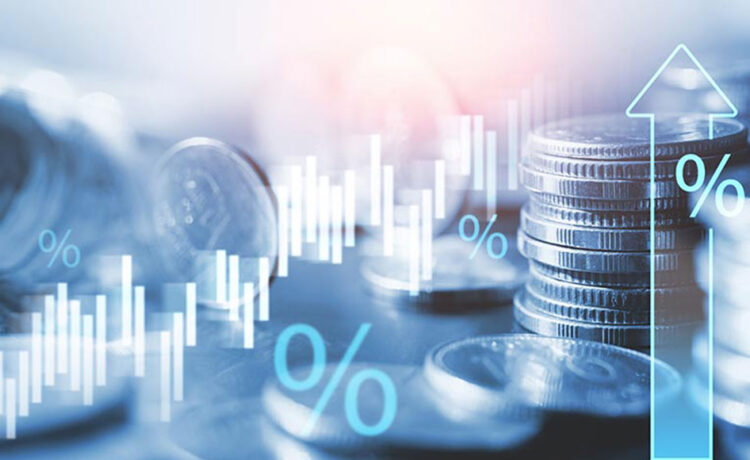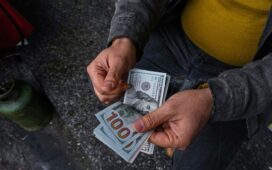Analysts warn supply disruptions, liquidity issues could undo progress
The gap between the parallel and official market exchange rates has dropped to less than 10 percent, marking a significant decline from the 98 percent margin registered in the days leading up to the liberalization of the Ethiopian forex market on July 28, 2024.
Commercial banks have seen their rates surge to more than 100 birr per US dollar from 57 birr in the two weeks since the currency was floated, with some offering as much as 106 birr per dollar. Meanwhile, the parallel market rate has remained steady, hovering near 115 birr per dollar.
Although it is still early, the developments come as a relief to government officials who had feared the liberalization would push the parallel rate to new heights. Some analysts had predicted the black market would offer up to 200 birr per dollar if official rates surpassed the 100 birr threshold.
“Those who speculate black market rate will skyrocket following the surge in official rate have shallow knowledge about the Ethiopian market. There is no market that increases without limit; never,” said Fikadu Digafe, vice governor and chief economist at the National Bank of Ethiopia (NBE).
– Advertisement –
He contends the parallel market thrived as a result of a gap in demand and supply of forex in official channels.
“No external force created the black market. When the demand and supply gap in the official market begins to fill up, by default the black market begins to cease. The central bank held the official rate at around 57 birr per dollar, while the market was operating at around 110 birr per dollar. Now the rate is nearly unified. This is logical. The new rate does not necessarily mean it is the right price of the Birr, but it is a rate the market is operating with,” Fikadu told The Reporter.
Rates at commercial banks are expected to vary based on economic and non-economic variables.
As of Thursday August 8, 2024, the margin between official and black market rates stood at around 7.8 percent. This margin gap was 96 percent before the float.
The developments indicate the rates are heading towards unification, but Fikadu warns disruptions in forex supply could cause the margin to balloon again.
Market forces will continue determining the rate, says the Vice Governor, but based on the current fundamentals, central bank regulators believe the equilibrium is around the current official rate.
“There might be small gaps but we do not expect large margins between the official and black market exchange rates like before,” said Fikadu.
The NBE expects the forex that had been circulating in the parallel market to soon begin flowing into official channels.
“It is too early to determine the forex supply as of now. But we believe the forex that has been circulating in the black market will now come to the official bank channels,” said Fikadu. “This forex reform has certain preconditions. Among them are monetary and budget policies. The current monetary policy is vital for the forex reform we just undertook. Banks might be facing birr shortages partly due to the credit cap.”
However, experts worry the way the central bank floated the exchange rate with a birr indicative price, and under constraints of forex and birr supply, is still hobbling efforts at price discovery.
“The right approach to price discovery should have been an auction. Everybody says the birr is overvalued compared to the dollar. But nobody, no Ethiopian officials or economists, have ever calculated how much, how and why birr is overvalued. They simply accepted the IMF’s reports and echoed it. Therefore, it is difficult to discover the right price of birr in the current situation. In order to do so, the central bank should have been auctioning forex for at least 180 days before floating or devaluing the birr,” argues Eshetu Fantaye, a veteran banker who used to serve as president of Bunna Bank.
He contends supply constraints, high inflation, and a liquidity crunch make it difficult to discover the exact price of the birr against the dollar.
“This is why one dollar was sold for 107 birr during the auction this week. The rate is not the right price because it was offered under several variable constraints. The forex auction conducted by NBE this week was just about testing the market. I assume less than half a billion dollars was availed during the auction,” said Eshetu.
No less than 27 commercial banks took part in the NBE’s Special Foreign Exchange Auction earlier this week, with the weighted average of successful bids landing at 107.9 birr per US dollar.
Fikru Woldetinsae, another banking veteran, is more optimistic about the forex market.
“The forex supply from the government, including this week’s forex auction, is essential in building confidence for importers and bankers. They have been looking to the black market to buy forex for import. Now they can access forex through the official market. Gradually, this will close the margin between official and black market exchange rates, unify and eliminate the black market,” he said.
Fikru observes the auction avails much needed forex to banks and importers while simultaneously mopping up birr in circulation, thereby stemming inflation.
“Importers who had been buying a dollar for up to 120 birr in the black market now buy from the official market at around 100 birr per dollar. This will lead to a significant reduction in import costs,” he said.




